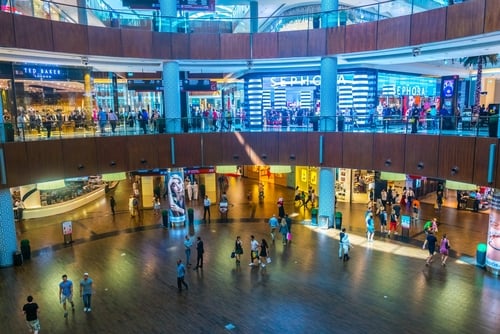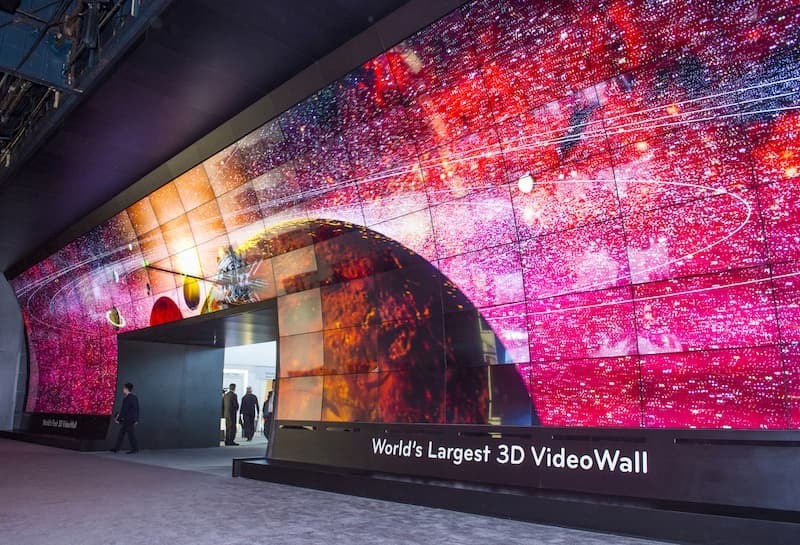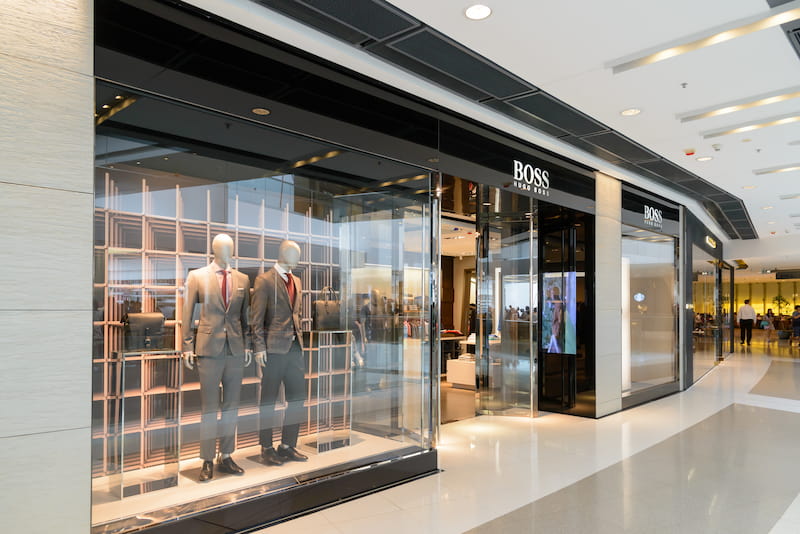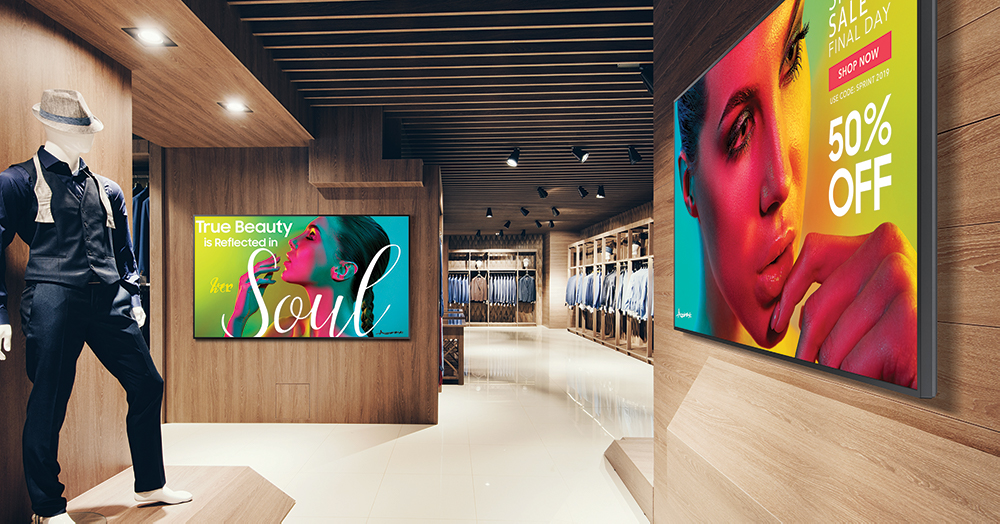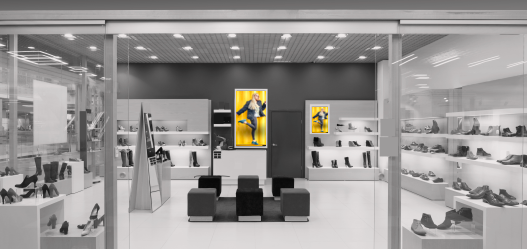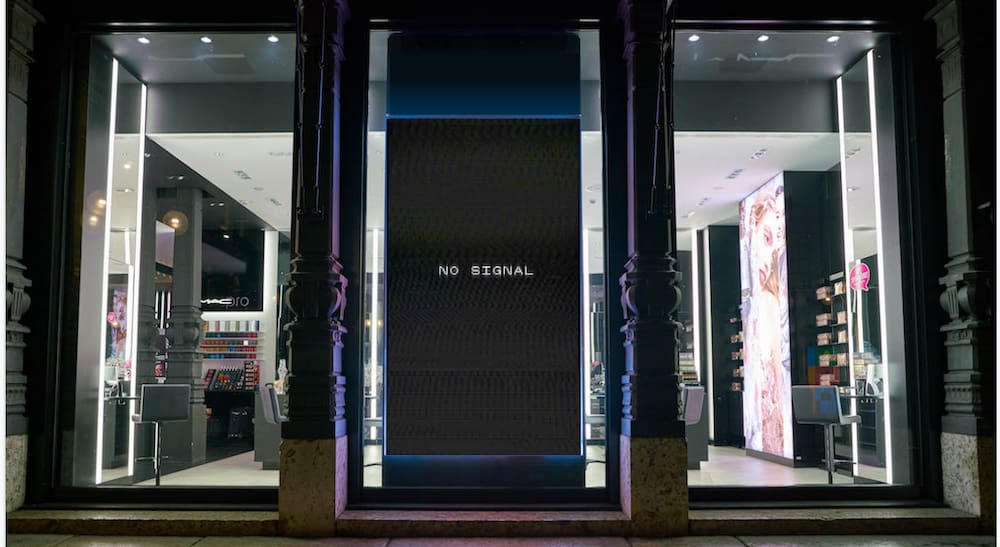Decide on your KPIs for effective communication
While communicators need no convincing these days that digital signage is an excellent lever for communication, they also want to be able to gauge the return on investment of their campaigns in a tangible way. To do that, they need to have a clear picture of the aim of their phygital project. Only then can they link a key performance indicator to it, allowing them objectively to assess the impact of their screen communication.
If the aim of a campaign is to maximise income from a visit to a store you need, for example, to measure the value of the average spend per visitor. If the issue is generating more visits to the store, measurement of the footfall generated by a campaign at a point of sale could be truly revealing. If the purpose is to increase brand recognition, the level of memorisation will show the relevance and impact of the given message.
All these key performance indicators (KPI) can be used to judge in practical terms whether a communication campaign has been effective in respect of the intended objective. To increase your chances of achieving that objective, a certain number of standard performance criteria must be followed:
- Use an attractive format: video
- Adapt the content to the screen format
- Stick to your graphical charter
- Refresh your messages as often as possible
- Follow a strict editorial schedule
- Add dynamic flows
- Contextualise your messages
- Go for a glocal strategy
These performance criteria reflect 4 levers: content attractiveness, campaign freshness, contextual targeting and glocalisation.
1) Use an attractive format: video
While we’re overexposed on a daily basis to different messages, video allows you to capture the attention of your target effectively. On media such as Facebook, users thus spend five times longer on a video than on other more traditional formats. Video could even allow you to generate added engagement with your audience.
Since it irresistibly draws the eye and can attract attention in a lasting way, video is therefore an indispensable lever for effective communication and a real weapon in maximising the impact of a screen campaign. It is the ideal format for expressing emotions, telling a story or putting across a concept requiring explanation in the simplest way. Perfectly suited to the use of screens, it naturally encourages memorisation of a message by a specific target.
All that remains is to know how to use it. From this point of view, all you can do is advise the communicators to use video to present a new product, make it more real in its use and operation, introduce a new colleague, or showcase a customer testimonial.
When it comes to animating messages simply, Canva has, in a very short time, become a vital ally to communicators. You can also look to Lumen 5, which can be used to transform static written content into video. PlayPlay and Animoto are also recommended for creating videos that are especially suited to digital signage. In addition, these tools have the advantage of being free to use.
2) Ensure professional results
It is absolutely essential to create videos to suit the screen format. Nothing is more unsatisfactory than having ugly black borders down the side of a screen. Quite apart from the merely aesthetic considerations, such an imperfection can really ruin effective communication potential. So it is important to remember that digital signage screens are generally of the same proportions (16:9 for a horizontal screen, 9:16 for a vertical screen).
3) Stick to your graphical charter
Your brand must always be visible on your communications It is your guarantee of credibility. It would be unwise not to recommend using the video creation templates already integrated into your CMS. Content creation will thus be hugely simplified for a high number of users, while guaranteeing consistency in brand communications.
4) Refresh your messages
Effective communication will always be reliant on the care taken over the freshness of content shown to the target. An audience will tire of even the most impactful message if they are exposed to it for too long. To avoid undermining the profitability of a phygital campaign, you therefore need to renew its content at frequent intervals. And the more often the content is updated, the more the target will develop the reflex of paying attention to the screens.
To restore freshness to your digital signage, sometimes all that is needed is to modify one element of the content, with no need to create a whole new presentation. A single updated element will often be all the target needs; each new message will stimulate their curiosity in an effective way. There are other ways of creating content easily.
5) Follow a strict editorial schedule
The broadcast period for a campaign must be set in advance in an editorial schedule. That will help when planning broadcast frequency and orchestrating “cold” messages. At the time of creating a communication campaign, set time-based markers. What you must avoid at all costs is having the campaign being broadcast eternally. Similarly, it would also be wise at regular intervals to check the dates on which campaigns went live.
6) Add dynamic flows
To feed into your communications and prevent the same messages being shown in a loop, it is recommended to add dynamic flows from external sources: dashboards, social networks, customer reactions, meeting room schedules, number of accident-free days etc. Such data flows use data available to you to create reactive and highly contextualised messages, updated automatically.
7) Contextualise messages ⏱️
To make a difference and maximise the impact of your screen communications, undoubtedly the best piece of advice would be to use contextual marketing. Digital signage actually allows you to adapt your communications to a specific broadcast situation or target. There are a number of options in your screen programming tools:
- Add custom broadcasting settings: prioritised times and days, higher or lower frequency of broadcasting etc.
- Trigger certain content automatically: your communications can be made more effective and more relevant if they are linked to certain criteria such as the weather. Facial detection can also be used to vary your campaigns according to sociodemographic criteria associated with the audience exposed to them.
8) Go for a glocal strategy
In the same vein, it would also be valuable to be able to adapt your communications to a localised context. Glocalised communication allows you to use messages that specifically dedicated to particular points of sale. Within a single network, it is clear that a message will not have the same impact if it is shown in a store in Bordeaux as it would in another store located in Annecy. So the aim is to enable “multi-local” communication managed nationally by the parent company, but which can respond to the specific requirements of different countries, regions or cities etc. The value of such glocalisation is clearly just as relevant within the context of an internal communication campaign.
One of the challenges associated with that global communication is to do with the capacity to decentralise communications, giving field teams autonomy and allowing them to determine which message would be best suited to their context. Naturally, those teams will be more inclined to engage with such projects if suitable tools are used.
***
To optimise the ROI of digital signage campaigns, Cenareo provides its customers with key performance indicators to optimise all performance levers: media dynamism, campaign freshness, contextual targeting, balance between local and global communications. Our aim: to guarantee consistency between the use of a screen network and the advertisers’ performance targets.


